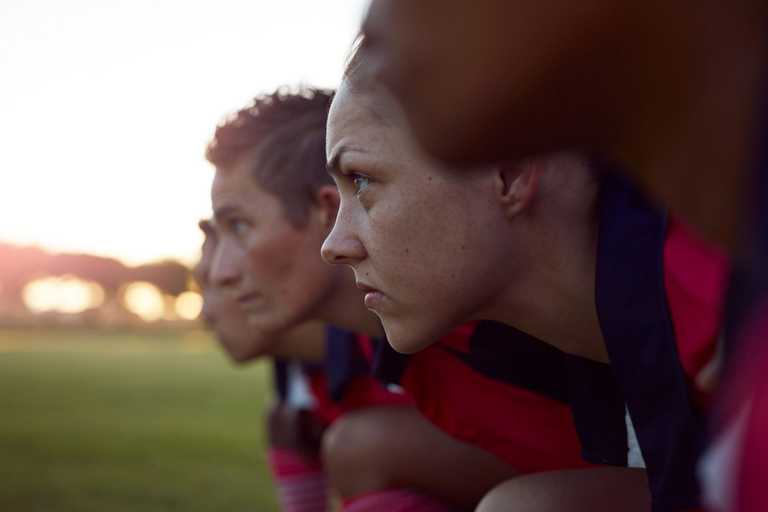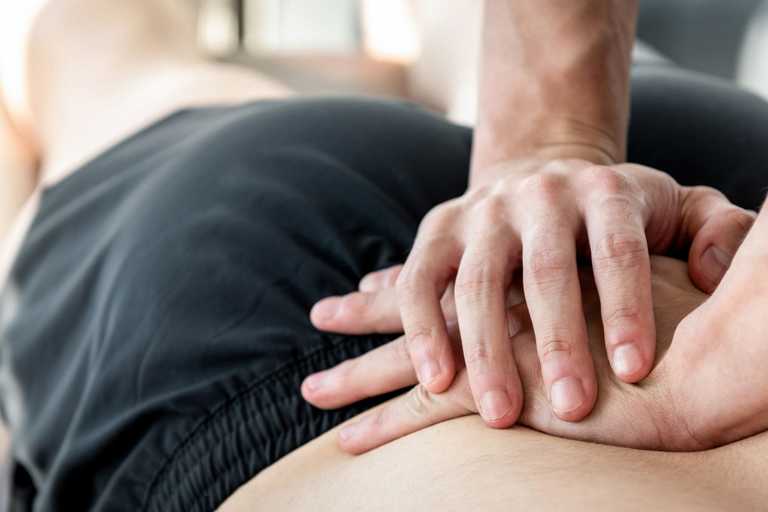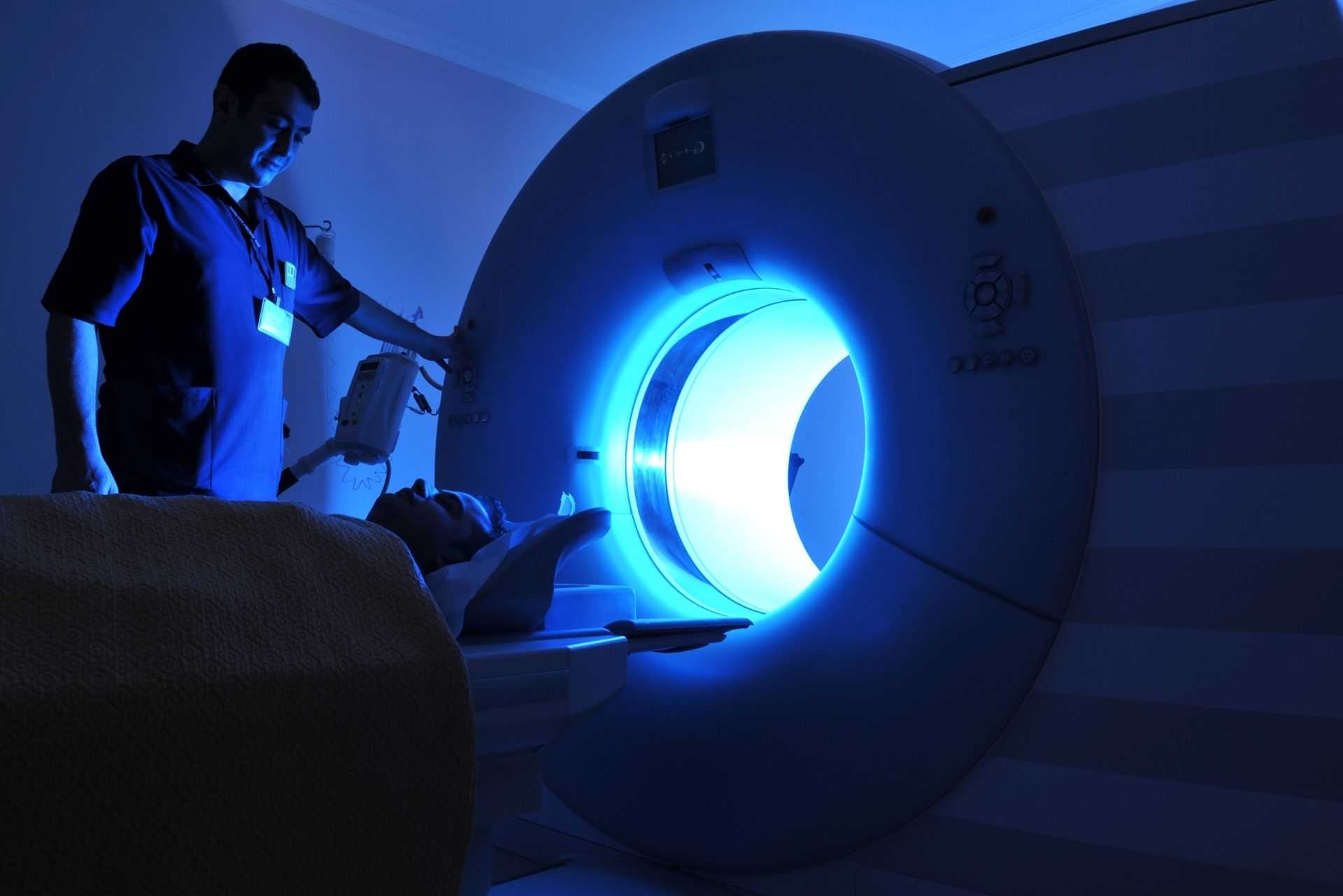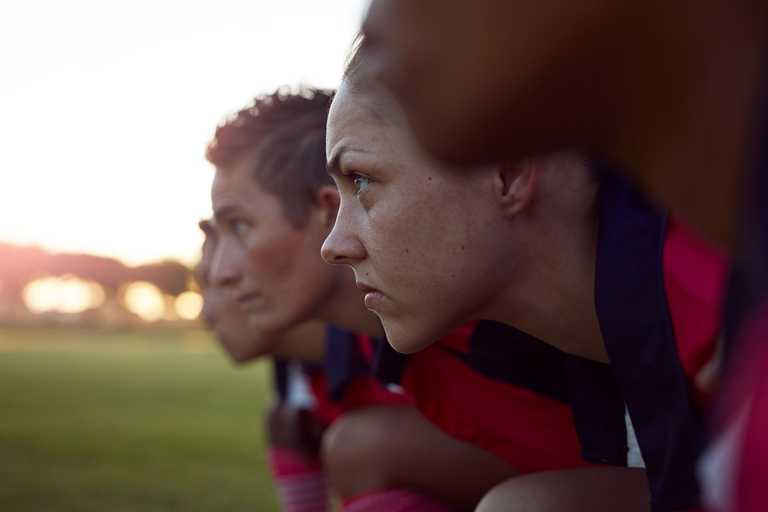
Sports Injury Assessment
You love to perform at your best. So when injury stops you in your tracks, it can be really tough. It’s vital ...
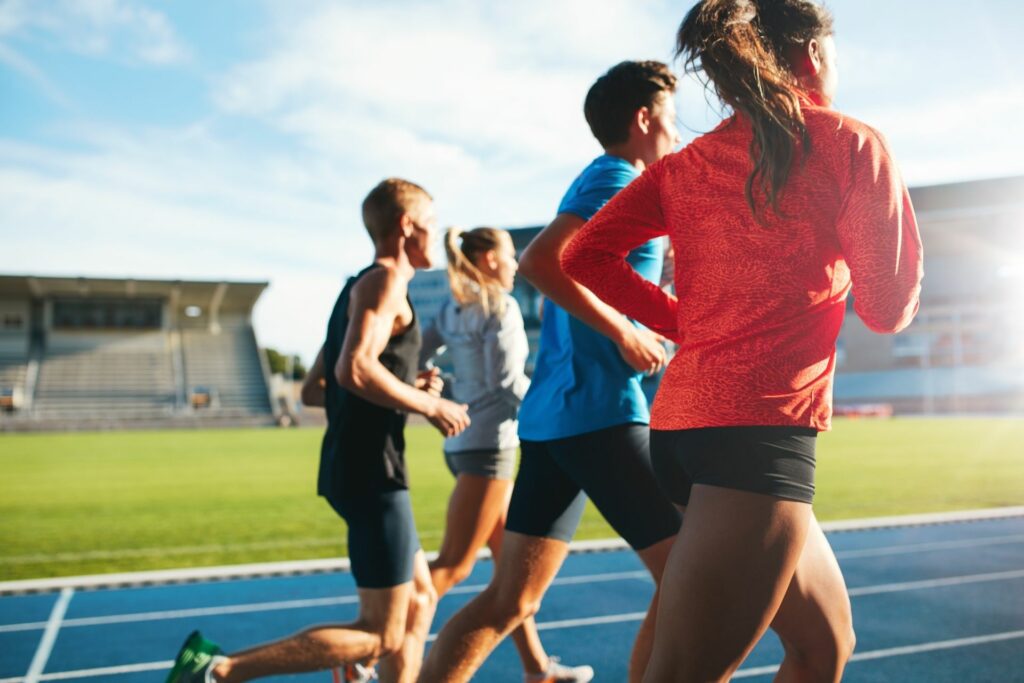
After a lengthy break in physical activity, for example, after the COVID-19 lockdown, physiotherapists across the UK often see a rise in the number of athletes presenting with sports injuries.
 John Davin, a highly experienced physiotherapist who practises at Prime Health Manchester, our centre in Stockport, shares an update from his regular weekly clinic and discusses the most common injuries he is seeing… particularly among younger athletes.
John Davin, a highly experienced physiotherapist who practises at Prime Health Manchester, our centre in Stockport, shares an update from his regular weekly clinic and discusses the most common injuries he is seeing… particularly among younger athletes.
“In clinic recently I have been inundated with young athletes experiencing discomfort and pain following a return to their normal sporting activities after lockdown restrictions were lifted. Determining how we treat younger patients and recommending treatment to prevent issues from occurring in the future is a priority and key to a full recovery, and the big question I and other physios are asking is ‘Why the sudden upsurge in these presentations?’
My initial thoughts revolve around the amount of time children and adolescents have spent indoors during lockdown being relatively inactive. I generally start each consultation by asking the athlete what they have done during the lockdown period. Invariably and understandably, they suggest not much in terms of physical activity. Sadly, in recent months, I have learned that many of the adolescent athletes I see have spent a lot of time during lockdown sitting in a slumped position either watching television or gaming. In fairness to them with sporting clubs temporarily shut and limits imposed on outdoor activity a lack of physical activity was inevitable.
With such an increase in similar cases amongst younger athletes, I have begun to wonder what effect this sedentary period may have had on the athletes’ tendons and their ability to tolerate load.
Tendons are the tough, flexible bands of tissue that connect muscle to bones. An adult has about 4,000 tendons throughout their body. Tendons make it possible to bend your knee, rotate your shoulder, and grasp with your hand.
Well in theory the more we rest the weaker our muscles and tendons become. Unlike muscle, tendons take longer to strengthen. Research has indicated that tendons may take two to three months longer to respond to exercise than muscle.
If after prolonged enforced rest, the young athlete returns to their pre lockdown training regime there’s a chance that their tendons and muscles may fail to tolerate the new stress. After a few training sessions in quick succession, the young athlete may begin to experience discomfort around their muscle and tendons and may experience an injury. Occasionally the discomfort this causes can prevent them from being able to train at all.
As always prevention is better than cure. Regular physical activity helps keep muscles, bones, and tendons strong, and can lower the risk of injury and tendonitis. Regular loading keeps the tendon strong and allows it to tolerate load without failing at the first hurdle.
The regular exercises I recommend to my younger patients to prevent tendon injuries include:
If you are a young athlete who is already presenting with symptoms of an injured tendon, my recommendations are:
A consultation with a physiotherapist is very beneficial and recommended for this injury. When presenting with a potential tendon injury a thorough clinical examination will be performed. If appropriate, a diagnostic scan such as an ultrasound scan can be done during the appointment to aid diagnosis – this can save waiting for a more advanced imaging scan, such as an MRI.
Once a clear diagnosis is made, a management and rehabilitation programme can be devised specifically for you and your specific injury. A specialist Sports and Exercise physiotherapist will allow a safe return to activity as soon as is possible and will minimise the risk of future injury. They can guide you safely through this process, whether it is from the initial injury or at the end stage and getting you back to exercise and your sport.
Don’t delay getting an assessment or it may result in a more significant injury which can cause long term problems.
You love to perform at your best. So when injury stops you in your tracks, it can be really tough. It’s vital ...
You love to perform at your best. So, when injury stops you in your tracks, that can be hugely frustrating. At...
The physiotherapists that work at Prime Health are among the most effective and experienced in the country - m...
At Prime Health you can get an ultrasound scan quickly and efficiently. Our service is built around your need...
If you don’t have a referral from a health professional, you can now easily self-refer for an MRI scan at Prime Health. We offer daily appointments, allowing you to choose a time and date that suits your convenience.
